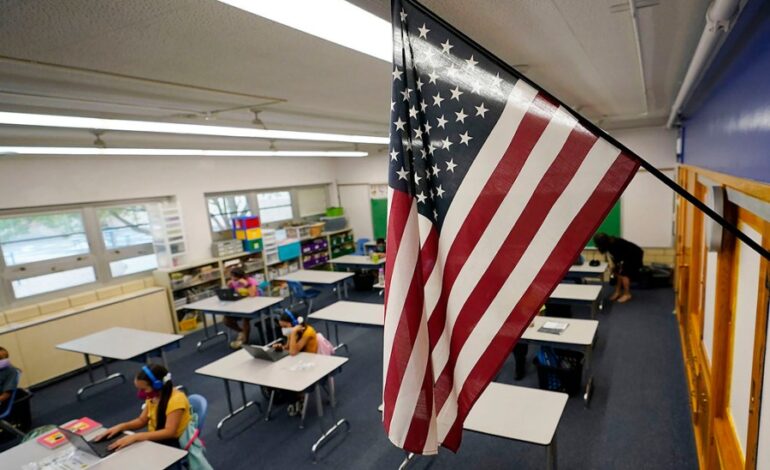Federal Shutdown Threatens Education Services Amid Uncertainty

The potential for a federal shutdown poses significant challenges for the education sector, impacting local school districts, universities, and the U.S. Department of Education. If a shutdown occurs, the ability of these institutions to deliver essential services will be severely hindered, creating uncertainty for students and educators alike.
In the immediate term, many individuals within the education sector may experience minimal disruption. This is primarily due to the availability of funding that was allocated over the summer, which extends through October 1, 2023. As a result, schools and universities have managed to maintain their operations without immediate financial concerns. However, the longer a shutdown continues, the more pronounced the effects will become, particularly for programs reliant on federal funding.
Federal funding is critical for various educational initiatives, including special education, nutrition programs, and financial aid for college students. According to the U.S. Department of Education, approximately $10 billion in federal funds supports these essential services annually. A prolonged shutdown could lead to delays in these funds, impacting the services that schools and universities provide to their students.
Local school districts, especially those in economically challenged areas, may find it particularly difficult to sustain operations during a shutdown. Many rely on federal funding not only for basic educational services but also for supplemental programs aimed at supporting disadvantaged students. Without timely access to these funds, the ability of schools to maintain quality education could be at risk.
Universities face similar challenges. They depend heavily on federal student aid programs, such as Pell Grants, which assist millions of students in financing their education. A shutdown could disrupt the timely processing of financial aid applications, leaving students uncertain about their ability to enroll or continue their studies.
The impact extends beyond funding. A shutdown could also result in staffing shortages within the U.S. Department of Education, further complicating the administration of educational programs. Essential services, such as the processing of grants and loans, may face delays, affecting both students and educational institutions.
Education advocates are urging policymakers to prioritize funding for education to mitigate the potential fallout from a shutdown. They emphasize that the education system is already under strain and cannot afford additional disruptions. Organizations such as the National Education Association are calling for immediate action to ensure that education funding remains a top priority in any budget negotiations.
As the deadline for a potential federal shutdown approaches, the education community remains on edge. The implications of a shutdown could resonate well beyond the immediate financial concerns, affecting the broader landscape of education in the United States. Students, educators, and administrators are watching closely, hoping for a resolution that will safeguard the critical funding necessary for educational success.






